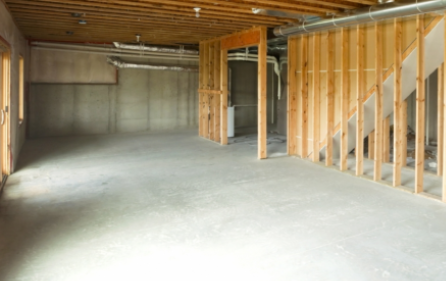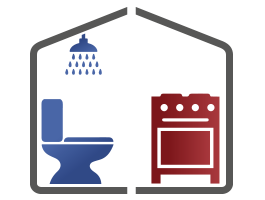 About Dig Around
About Dig Around You would need to dig all of the outer perimeter of the basement all the way down to the base of the foundation to secure your basement from water. It would be important to have a good waterproofed basement to have the correct product applied over the walls.
Drainage tiles, gravel or crushed stone drains, perforated pipes, or other approved systems or materials shall be built at or below the protected area and discharged into the approved drainage system by gravity or mechanical means.
Check to find Cracks
Clean the wall and search for any gaps or areas that allow water to seep in when the excavation is done. To stop the leakage, add a coat of hydraulic cement to the walls if you have found these problems. Hydraulic cement will grow as it cures, and it will fill in the cracks and voids with its chemical properties, reducing the risk of leakage.
Apply Sealant
To all exterior walls, add a coat of cement-based sealant. Cement-based sealants are simple to apply and can be used on surfaces of concrete and masonry. This type of sealant will harden the concrete pores and will close them. In the event that a hairline crack was not filled with hydraulic cement in the previous phase, this procedure would cover it.
Membrane Apply
Mount a membrane for waterproofing. It is possible to trowel or spray a thick membrane coat, an asphalt-modified polyurethane material, to protect the foundation wall against water from the outside. Elastomeric membranes are made of modified asphalt and show excellent waterproofing properties.
One of the most significant advantages of elastomeric membranes is that when new cracks arise, they can bend and move to accommodate them. Instead of a damp-proofer product that is likely to fail, make sure to use a waterproofing product.
Install Mat Drainage
With molded dimples, mount a drainage pad. In order for moisture to migrate to the drain structure, the material used needs to create air gaps between the wall and itself. The drainage mat should be cut to the foundation's exact depth. It can also assist to relieve lateral pressure against the base.
The French Drain Full
Mount the weeping tile or French drain. The tubing, 4" may be used, must be placed below the basement floor at the base of the footing that weeps the water level. Installing cleanouts to provide quick access for maintenance purposes is a great practice.
Backfill and complete your French drain installation with gravel. Gravel for earth areas should be 18′′ from the grade, and 4′′ from the grade where cement will be poured.
What you should stop doing
When waterproofing a basement, the following items should be avoided:
Using tar, do not. Tar is going to become very fragile and ultimately break up.
In order to waterproof your basement walls, do not use plastic. The substance that is plastic-like will peel, and moisture will find its way in.
To backfill, don't use limestone. Limestone would limit drainage capacities and all drainage systems will be obstructed. Utilize gravel instead.


















